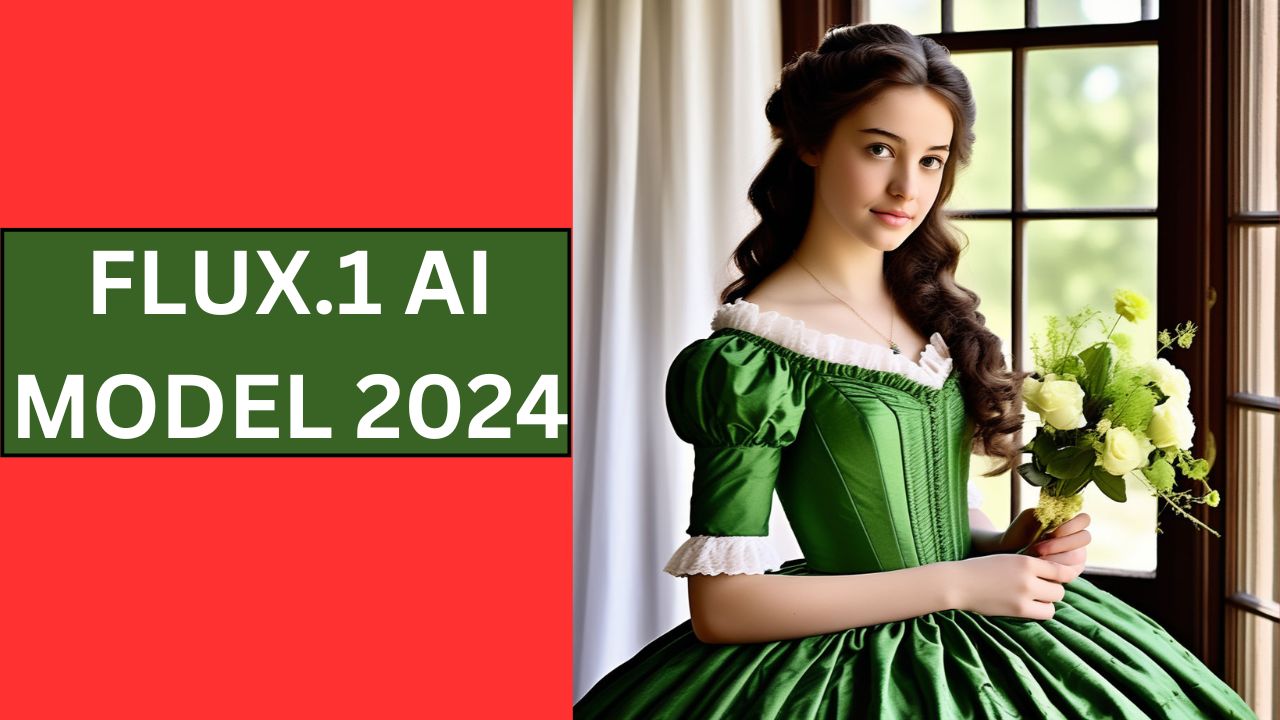Flux.1 is a groundbreaking AI image model that has quickly gained recognition for its exceptional capabilities in the field of text-to-image generation. Launched as an open-source model, it offers unprecedented flexibility and power, enabling creators, developers, and businesses to explore new frontiers in digital art and content creation.
What Sets Flux.1 Apart?
Flux.1’s Core Strengths The Flux.1 AI model stands out for several key reasons. First, its ability to adhere to detailed prompts is unparalleled. Unlike many other models, Flux.1 can handle complex, nuanced descriptions with remarkable precision, translating them into high-quality images that accurately reflect the original text input. This is largely due to its incorporation of advanced text encoders that are capable of processing longer and more intricate prompts, resulting in a richer and more detailed output.
Another major advantage is its support for a wide range of aspect ratios and resolutions, making it highly versatile for different types of projects. Whether you’re creating social media content, cinematic artwork, or detailed product designs, Flux.1 adapts effortlessly to your needs.
Unique Aesthetic and Visual Quality
The Artistic Edge of Flux.1 Flux.1 is not just about technical proficiency; it also brings a unique aesthetic to the table. The model employs a “flow” aesthetic that gives its images a sense of organic movement and fluidity. This is particularly evident in how it handles light, shadow, and texture, creating images that feel both dynamic and lifelike.
For instance, when tasked with generating a realistic image of glass flowers reflecting sunlight, Flux.1 delivered an output that captured the delicate interplay of light and material with remarkable finesse. Similarly, its ability to create complex, fantastical scenes, such as an enchanted library with floating books and ancient twisted roots, showcases its potential for storytelling and creative expression.
Advanced Technical Features
Text Rendering and Prompt Adherence
One of the most challenging aspects of text-to-image generation is the accurate rendering of text within images. Flux.1 excels in this area, surpassing even some of the most popular models like Midjourney v6.0 and DALL-E 3.0. Its ability to incorporate text seamlessly into visuals is a testament to its sophisticated design and deep learning algorithms.
Additionally, Flux.1’s adherence to prompts is significantly enhanced compared to other models. It not only understands the basic instructions but also captures the subtleties and context, producing images that are both accurate and visually compelling. This makes it a powerful tool for creating highly specific and detailed images, from realistic portraits to abstract art.
Practical Applications and Accessibility
Usage and Access
Flux.1 is designed to be accessible to a wide range of users, from individual creators to large organizations. It is available on several platforms, including Replicate, HuggingFace, and Fal, allowing users to experiment with the model in various environments. For developers looking to integrate Flux.1 into their own applications, an API is available, although access is currently limited to selected partners.
The model’s versatility extends to its compatibility with different hardware setups. However, it’s important to note that Flux.1 requires a substantial amount of VRAM, making it more suitable for high-end GPUs. This requirement is a trade-off for its advanced capabilities, but it ensures that the model can handle the computational demands of generating high-resolution, complex images.
Flux.1’s Potential and Impact
As AI continues to evolve, models like Flux.1 are pushing the boundaries of what is possible in digital art and content creation. Its combination of technical excellence and artistic sensibility makes it a valuable tool for anyone looking to explore new creative avenues.
The model’s open-source nature also means that it will continue to evolve as the community contributes to its development. This collaborative approach is likely to lead to even more innovative uses and improvements, solidifying Flux.1’s place as a leader in the field of AI-generated imagery.
FAQs
What is the “flow” aesthetic in Flux.1?
The “flow” aesthetic refers to the model’s unique visual style that emphasizes organic movement and fluidity in its images. This is achieved through advanced algorithms that simulate the natural interplay of light, shadow, and texture.
Can Flux.1 handle text rendering within images?
Yes, Flux.1 is highly proficient at rendering text within images, outperforming many other models in this area. It can accurately incorporate text into complex scenes, making it ideal for creating memes, posters, and other text-heavy visuals.
What hardware is required to run Flux.1?
Flux.1 requires a high-end GPU with substantial VRAM, typically around 24GB, to operate efficiently. This is due to its large text encoders and the complex computations involved in generating high-quality images.
How can I access Flux.1?
Flux.1 is available on platforms like Replicate, HuggingFace, and Fal. An API is also available for developers, although access is currently limited to select partners.
Flux.1 represents a significant leap forward in AI image generation, offering unparalleled prompt adherence, visual quality, and creative potential. Whether you’re a digital artist, a content creator, or a developer, Flux.1 opens up new possibilities for creating stunning, lifelike images with ease.
